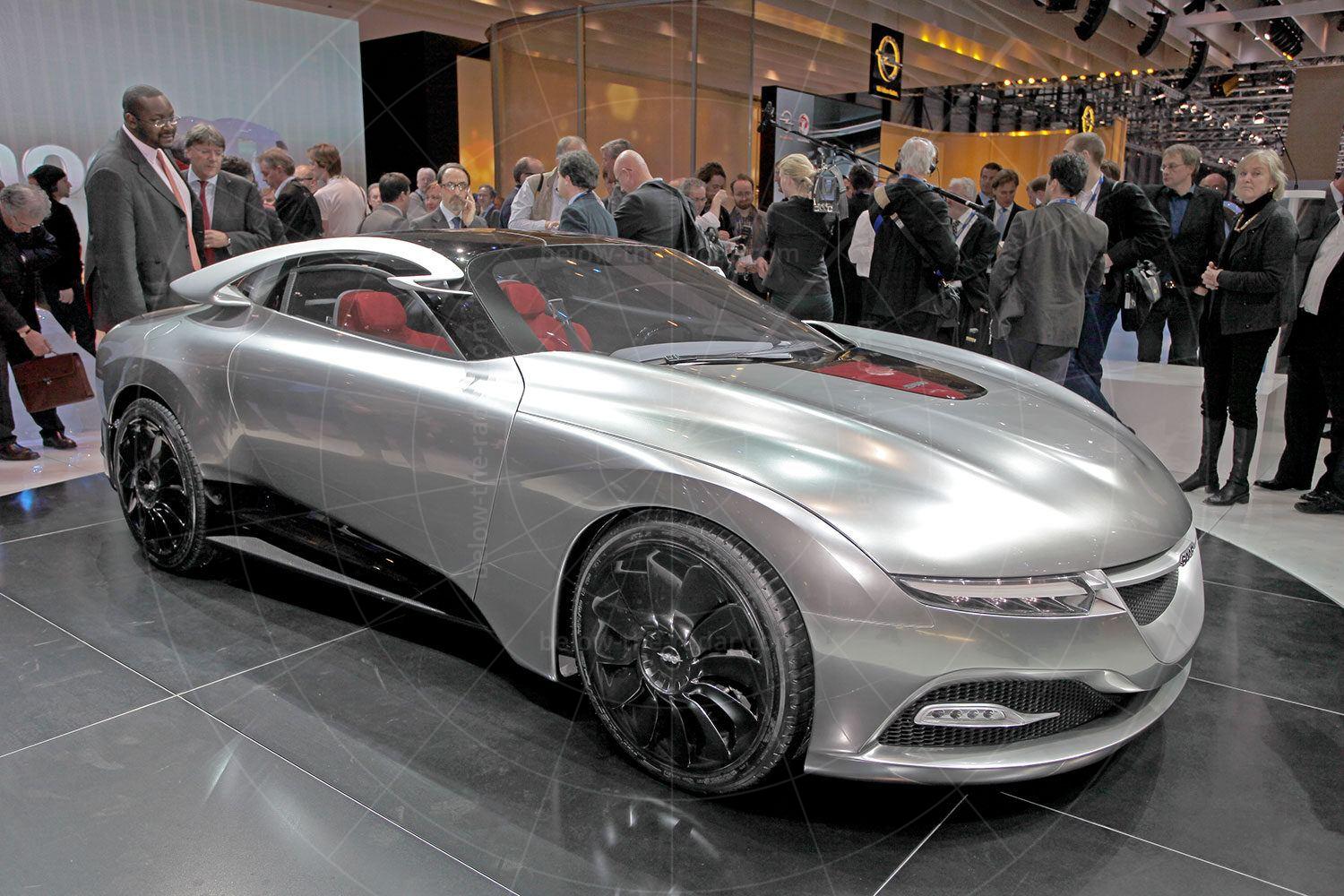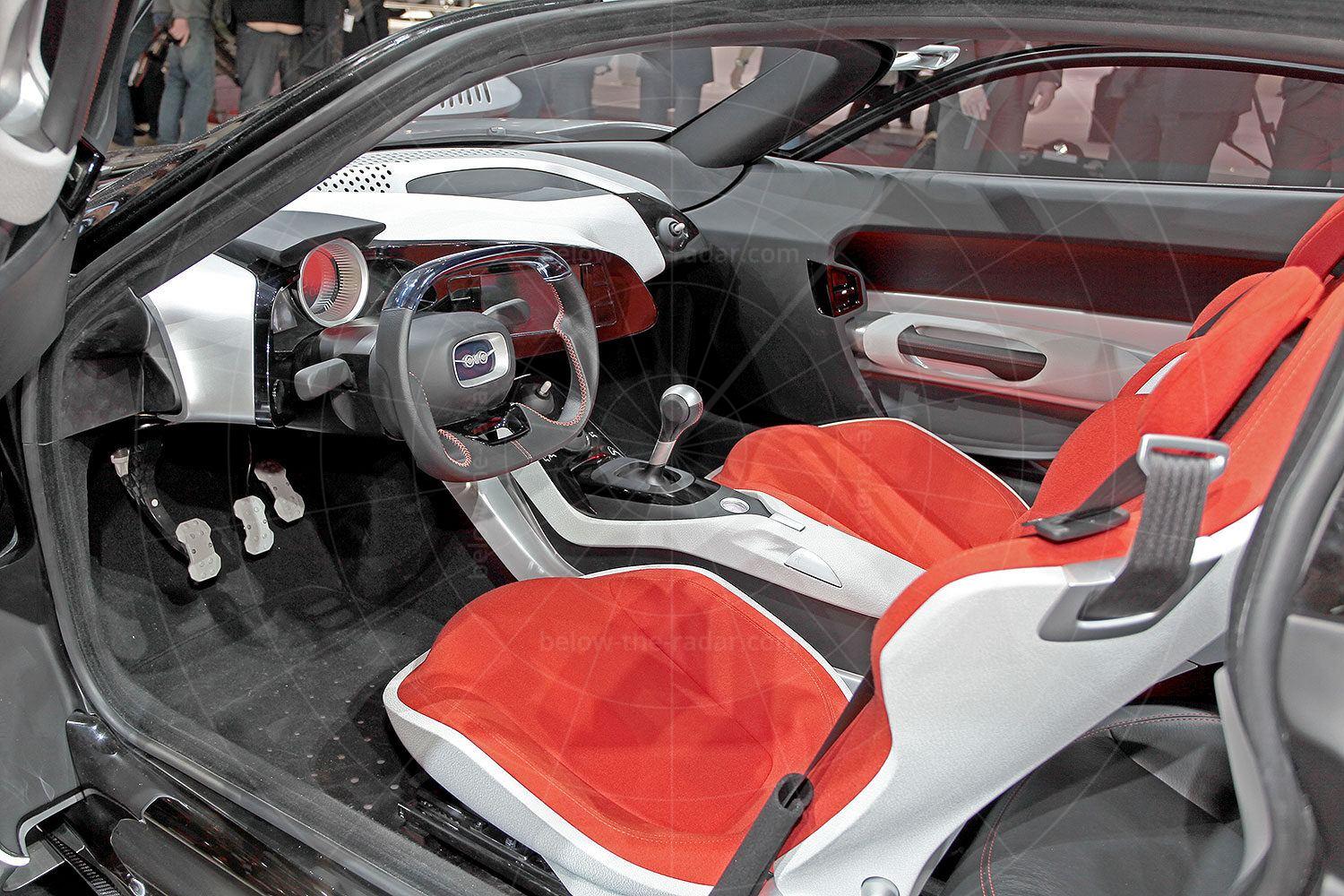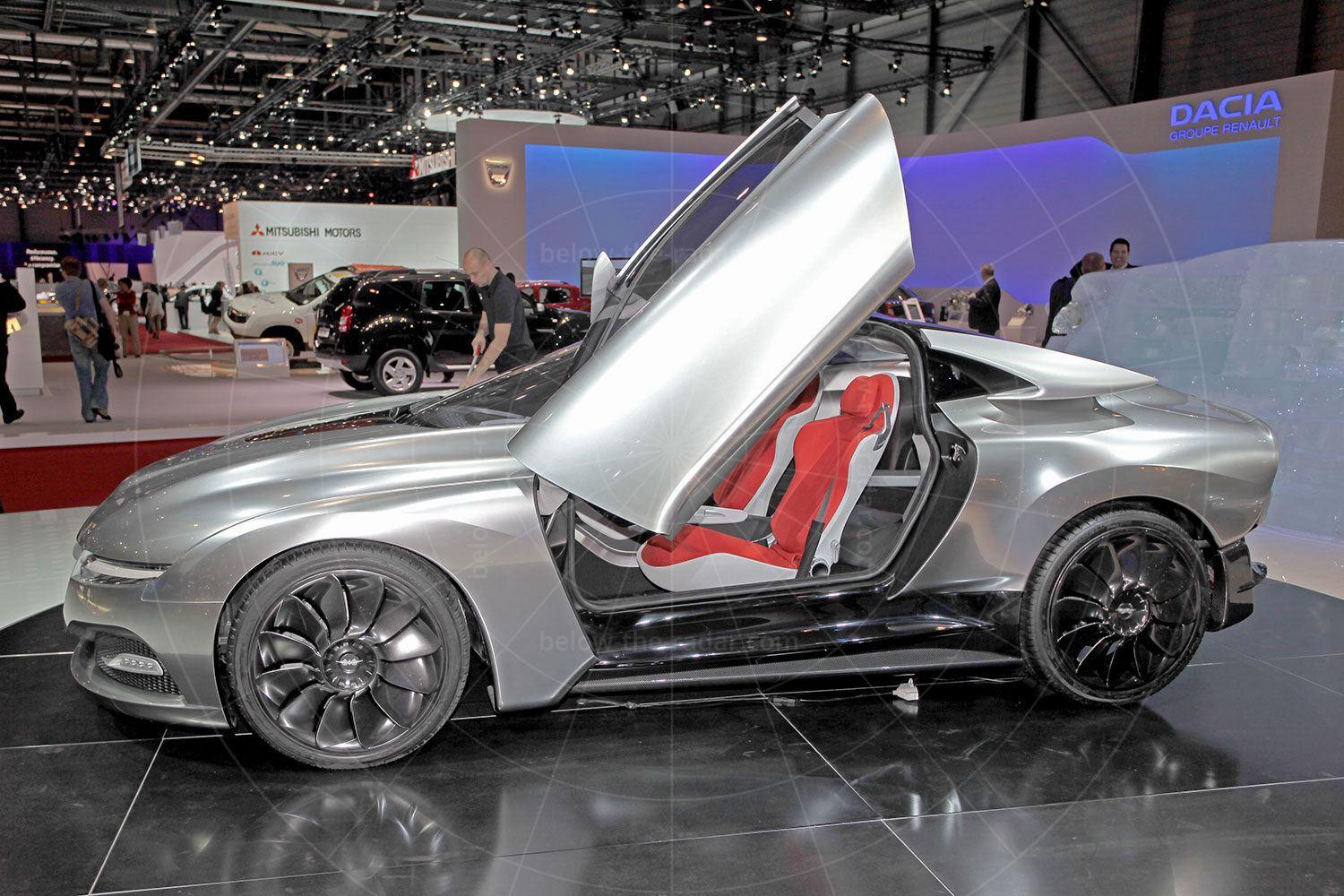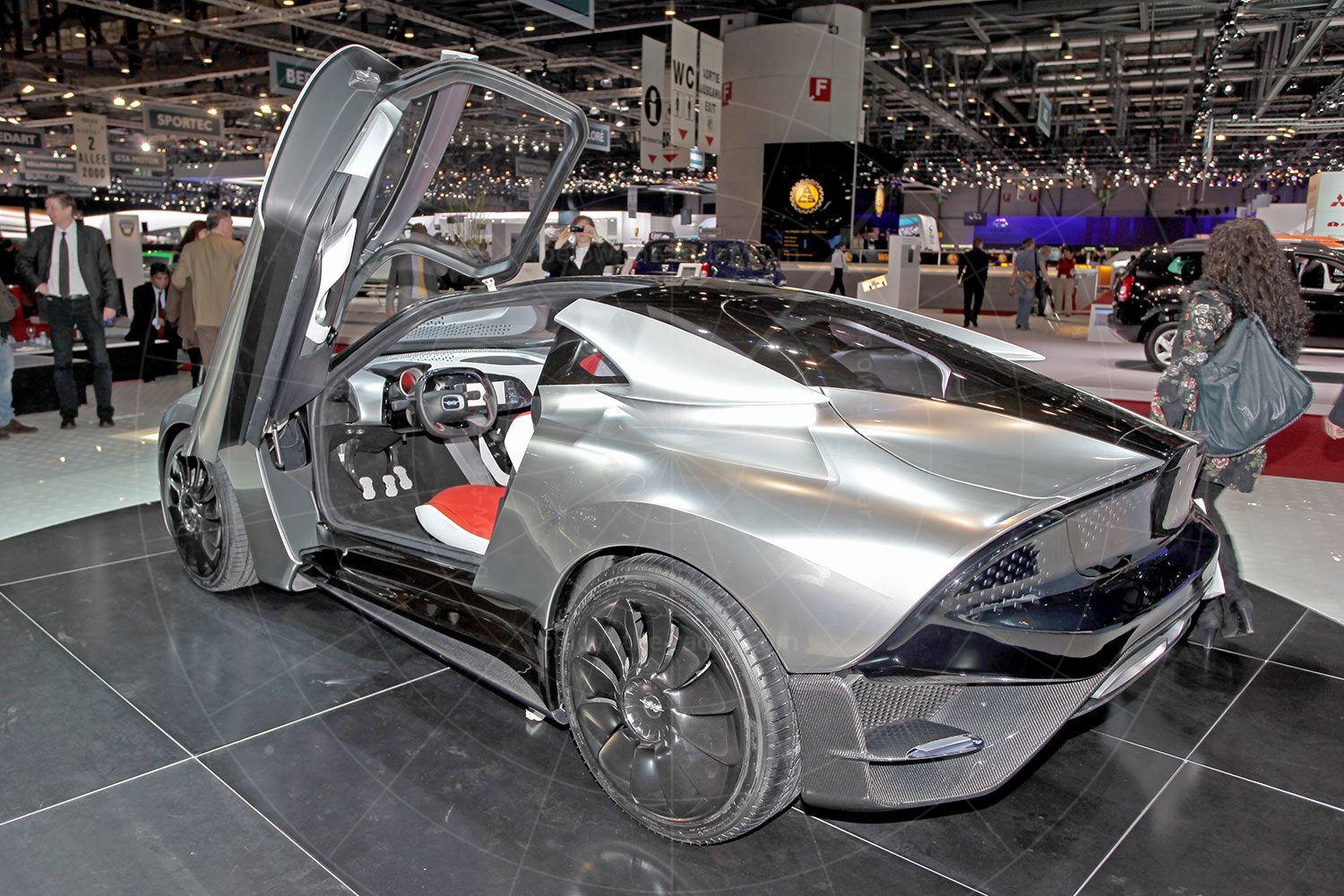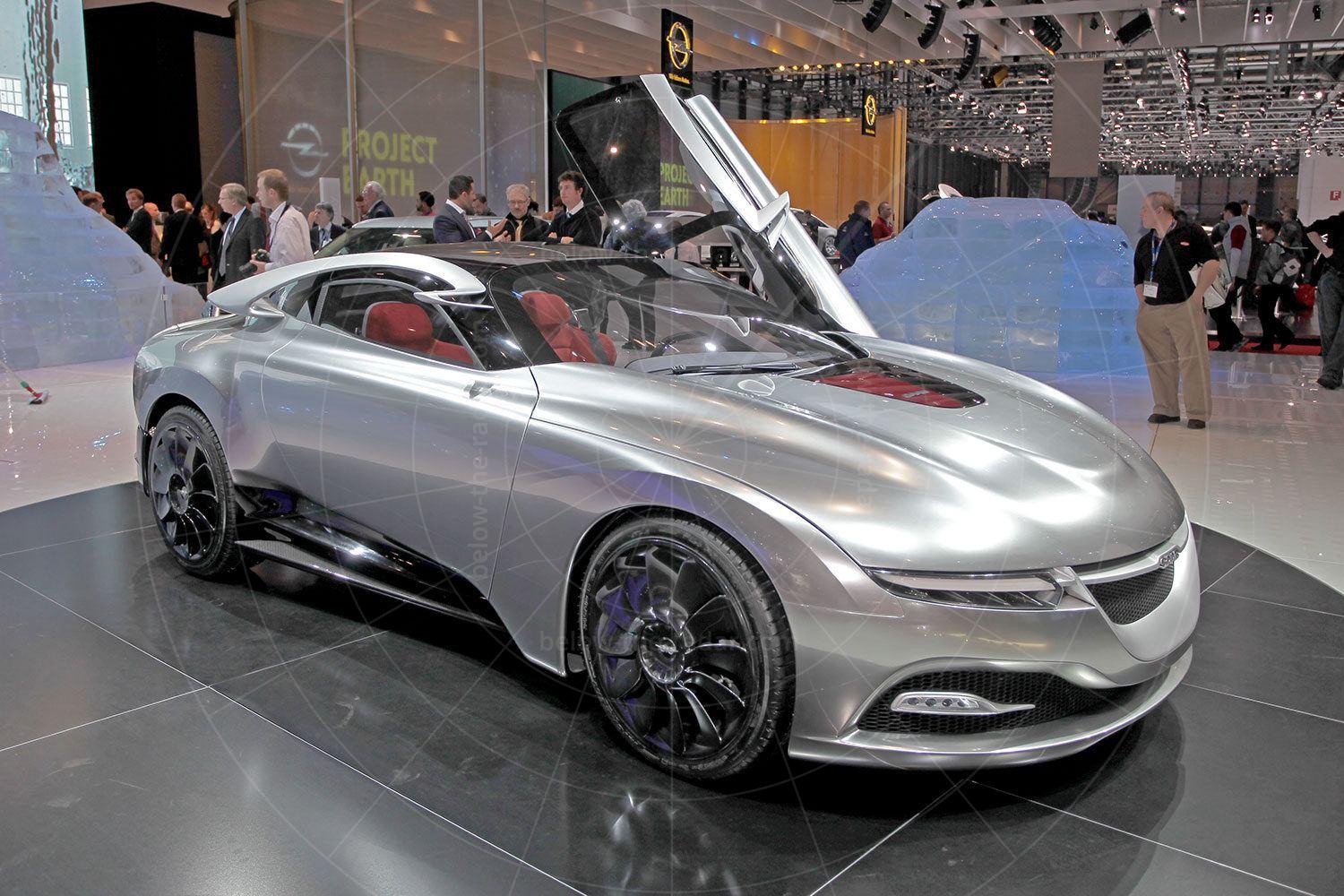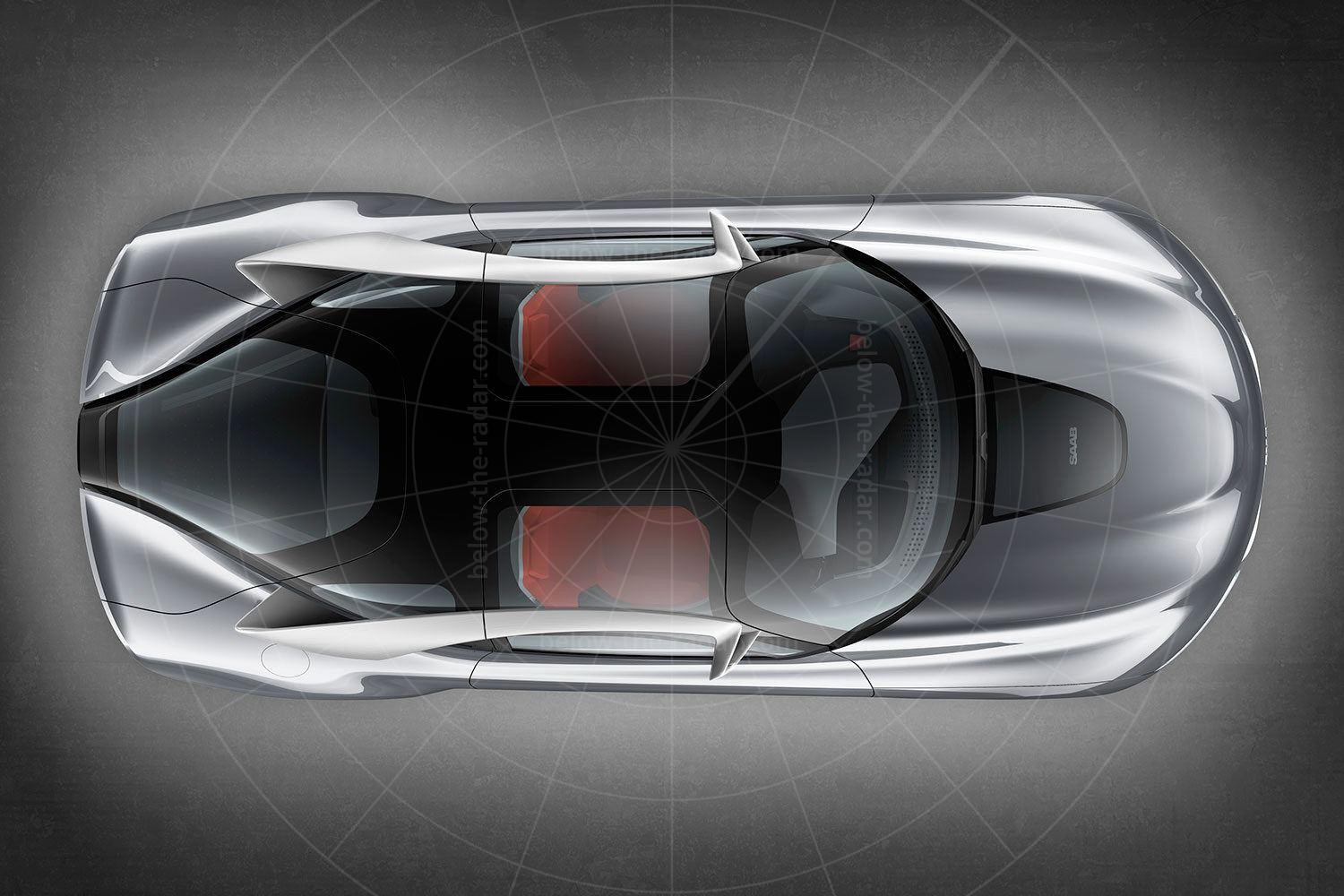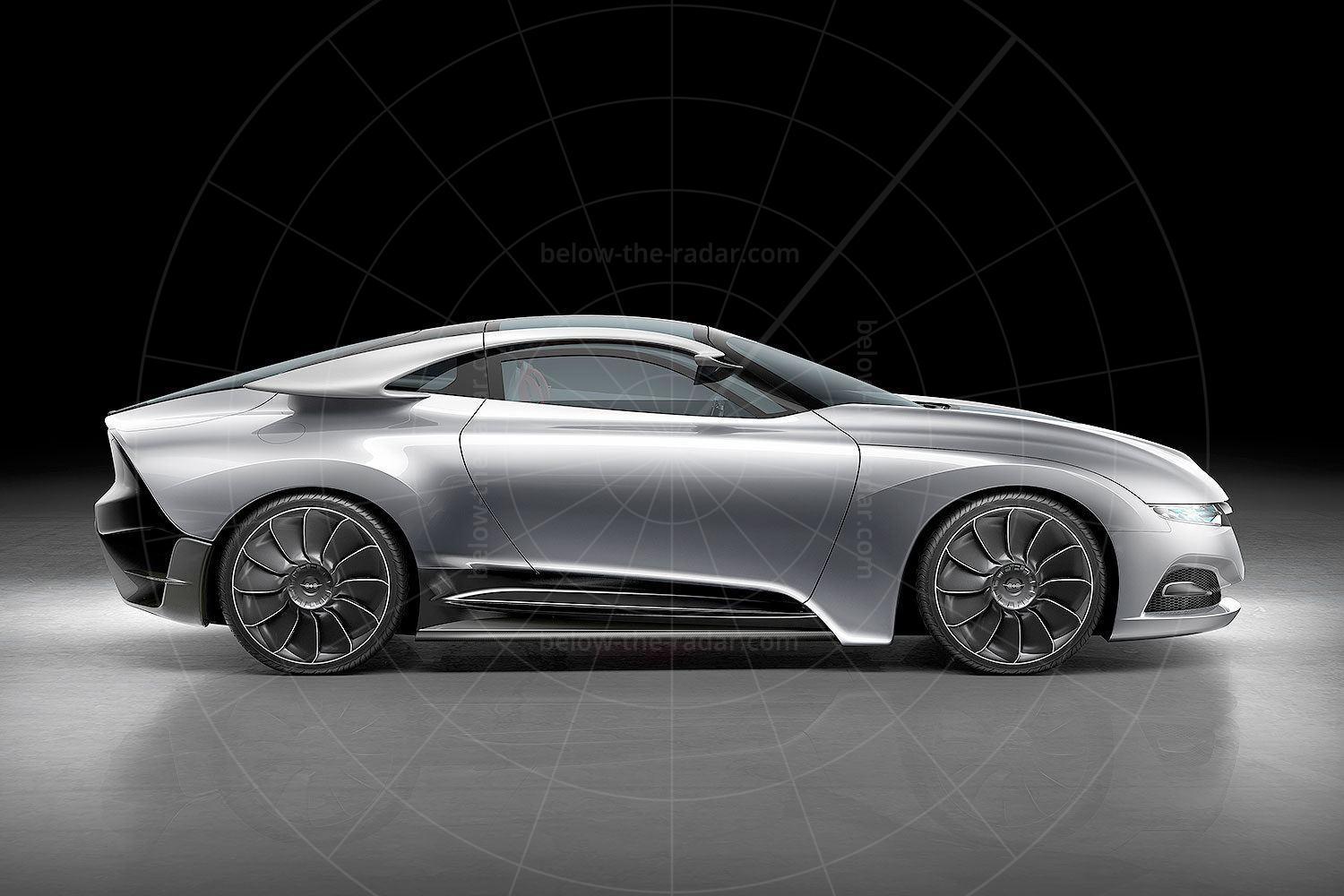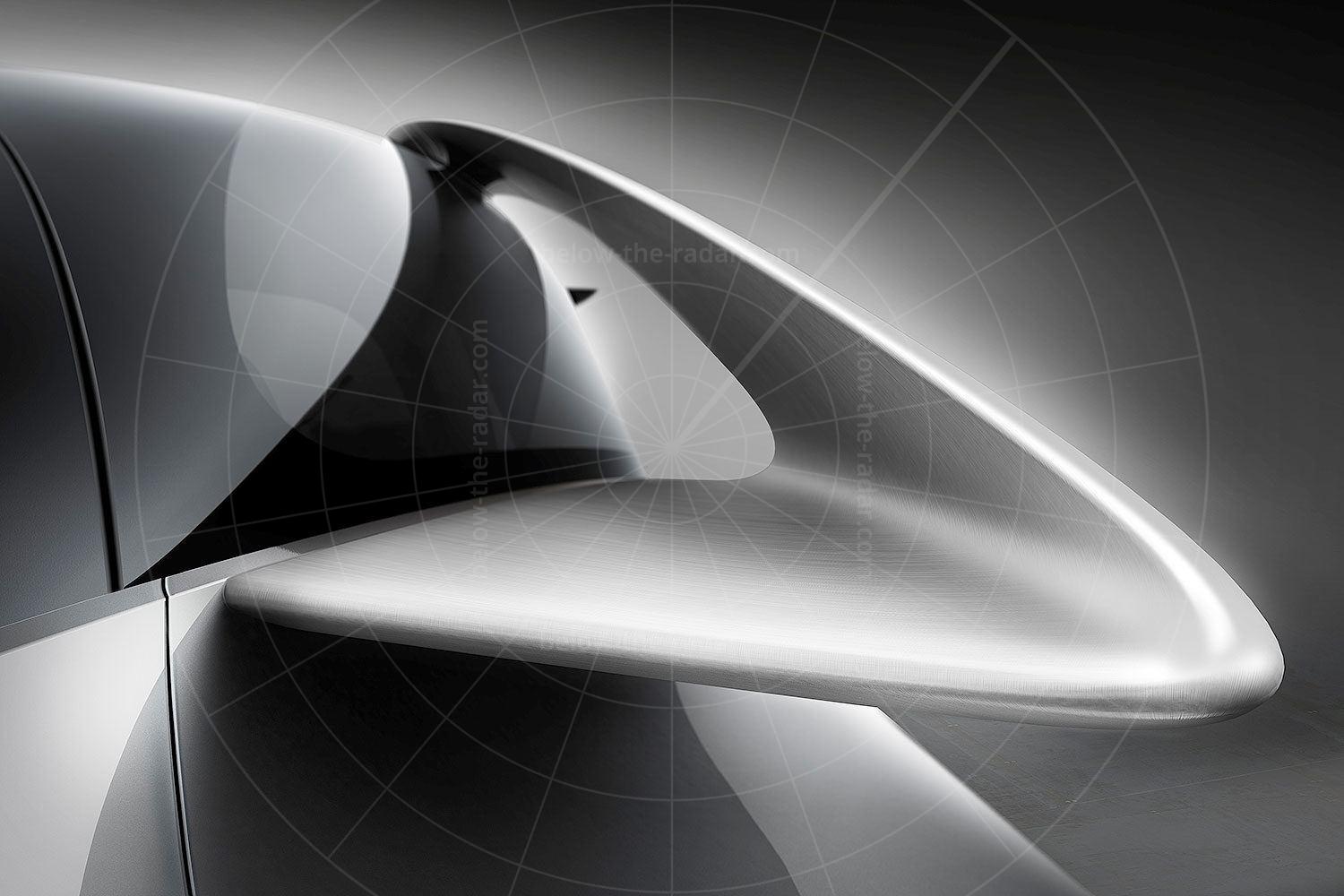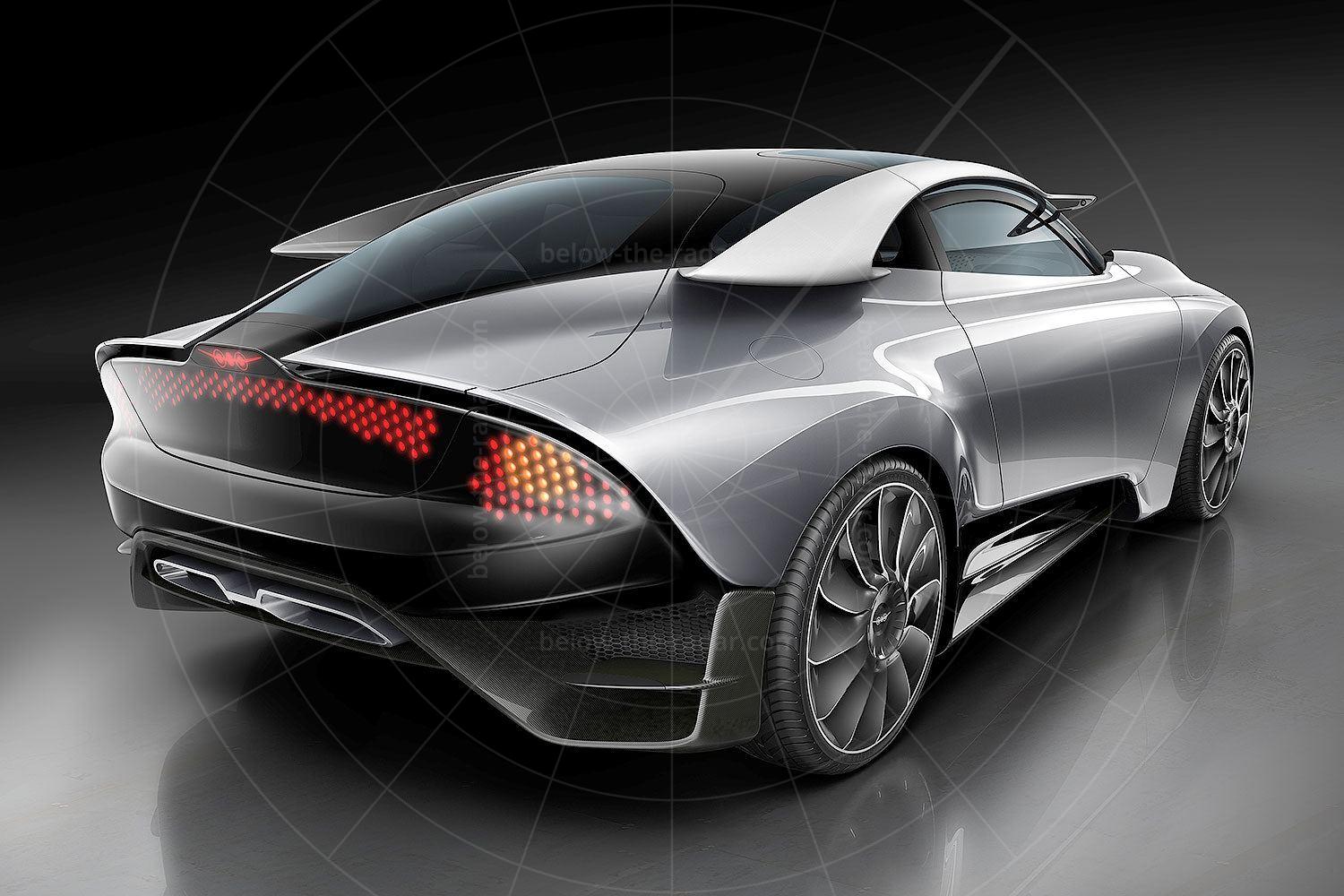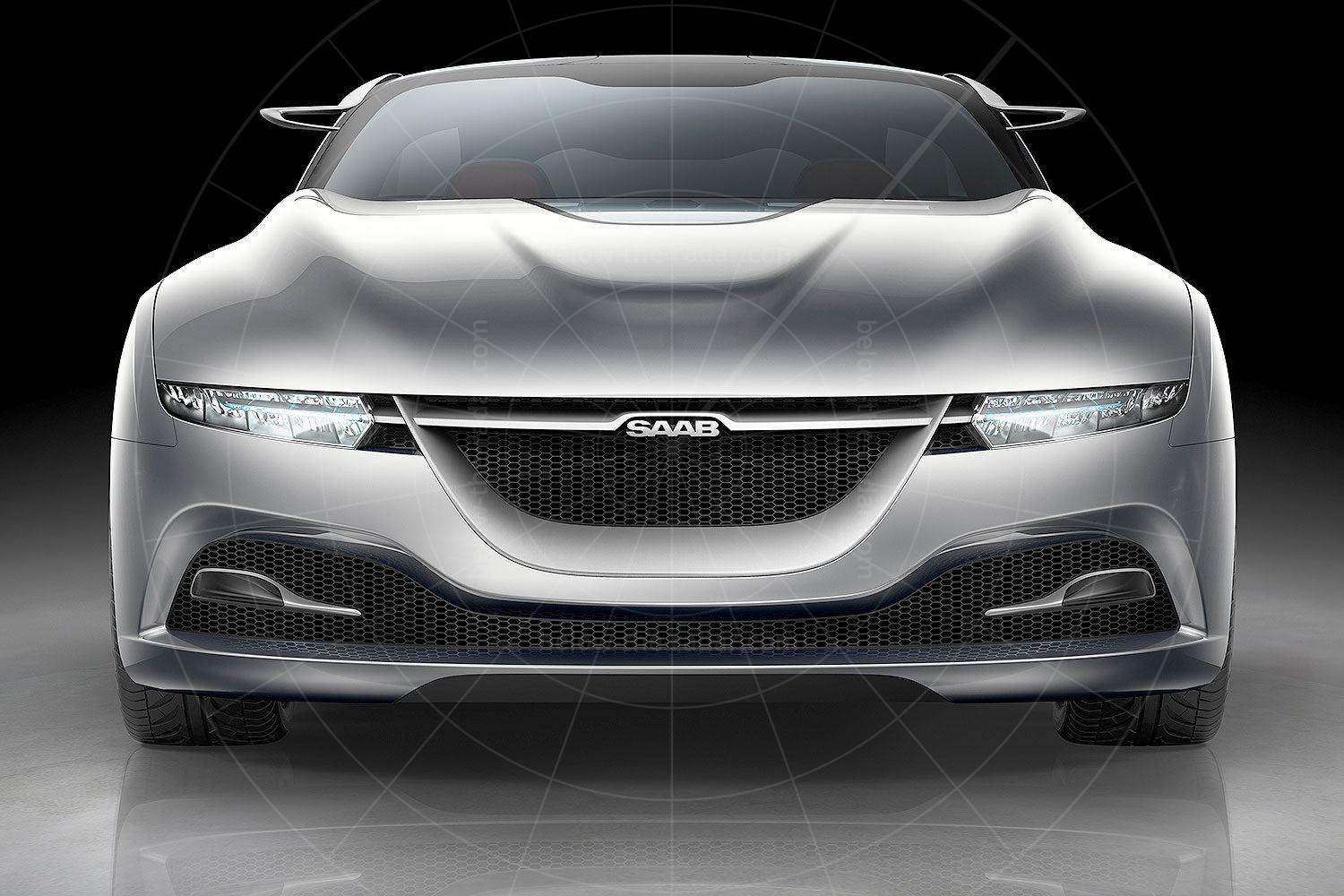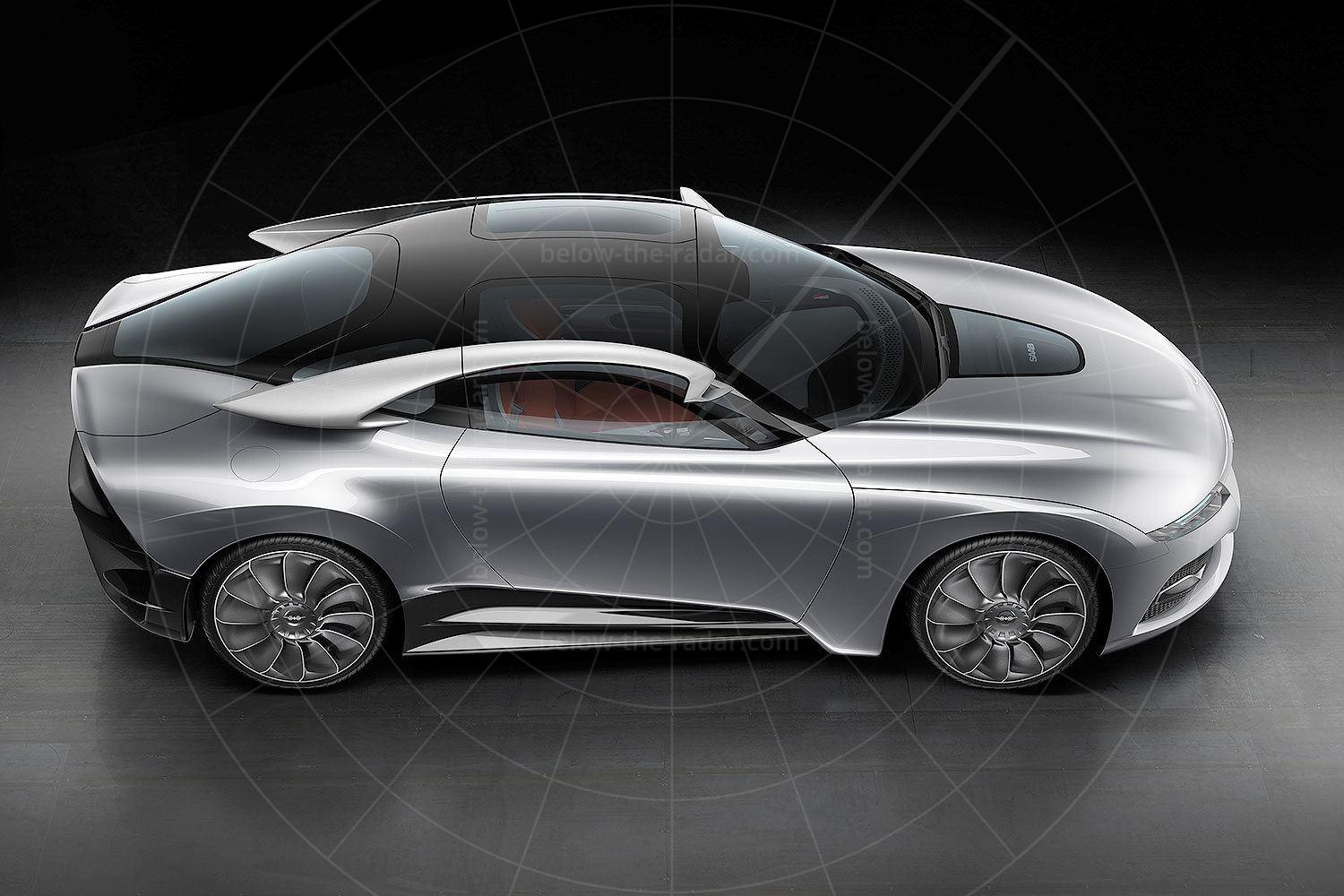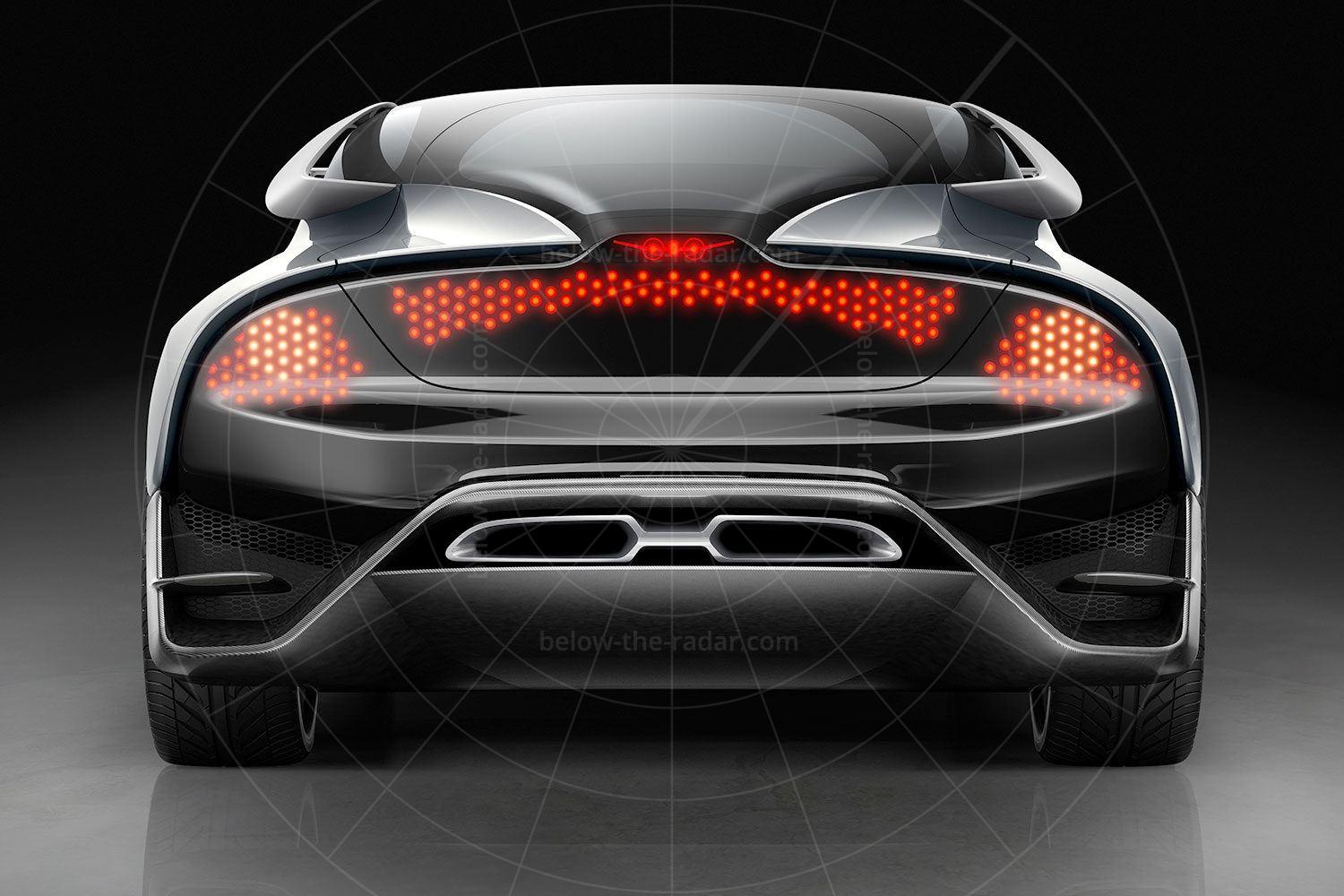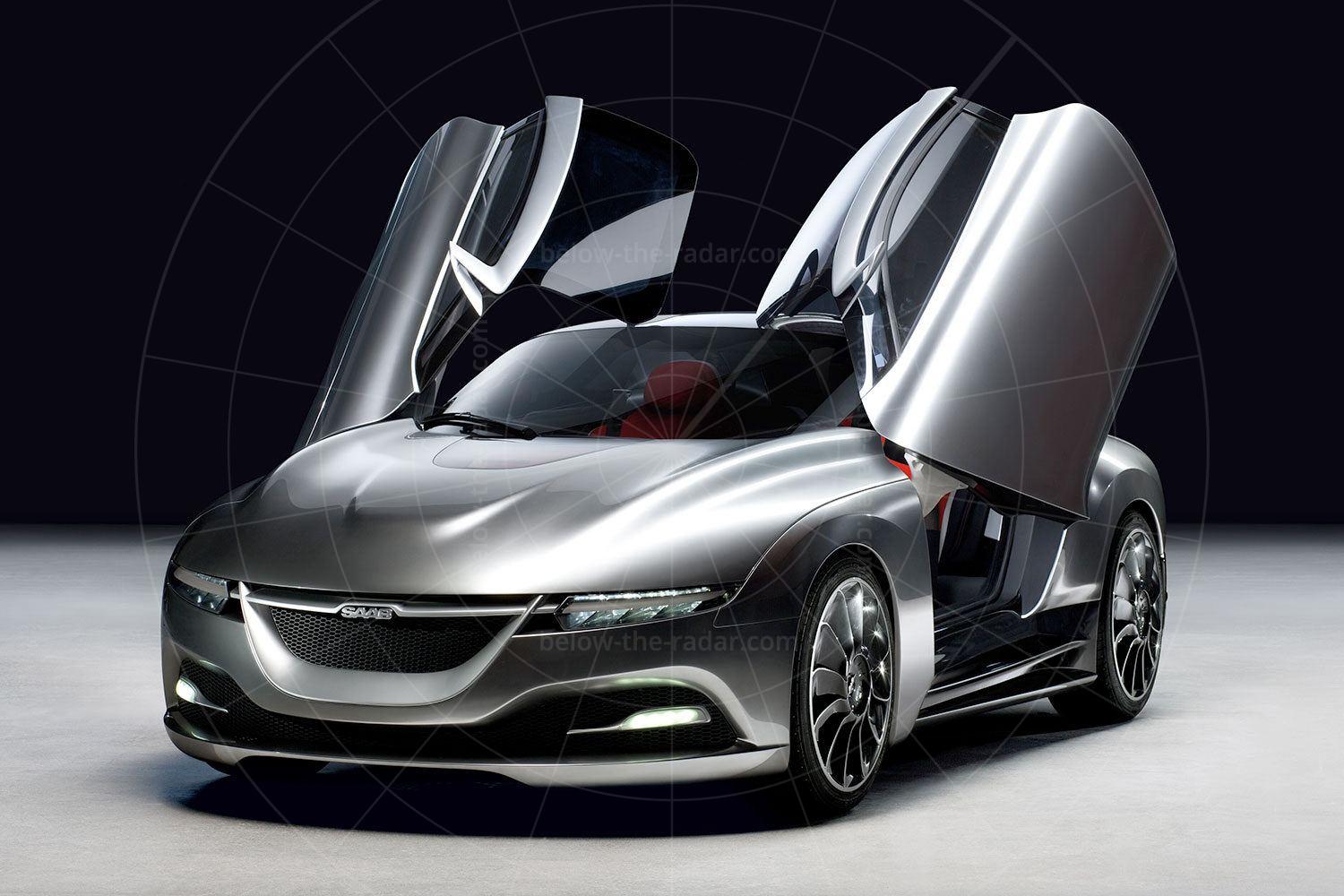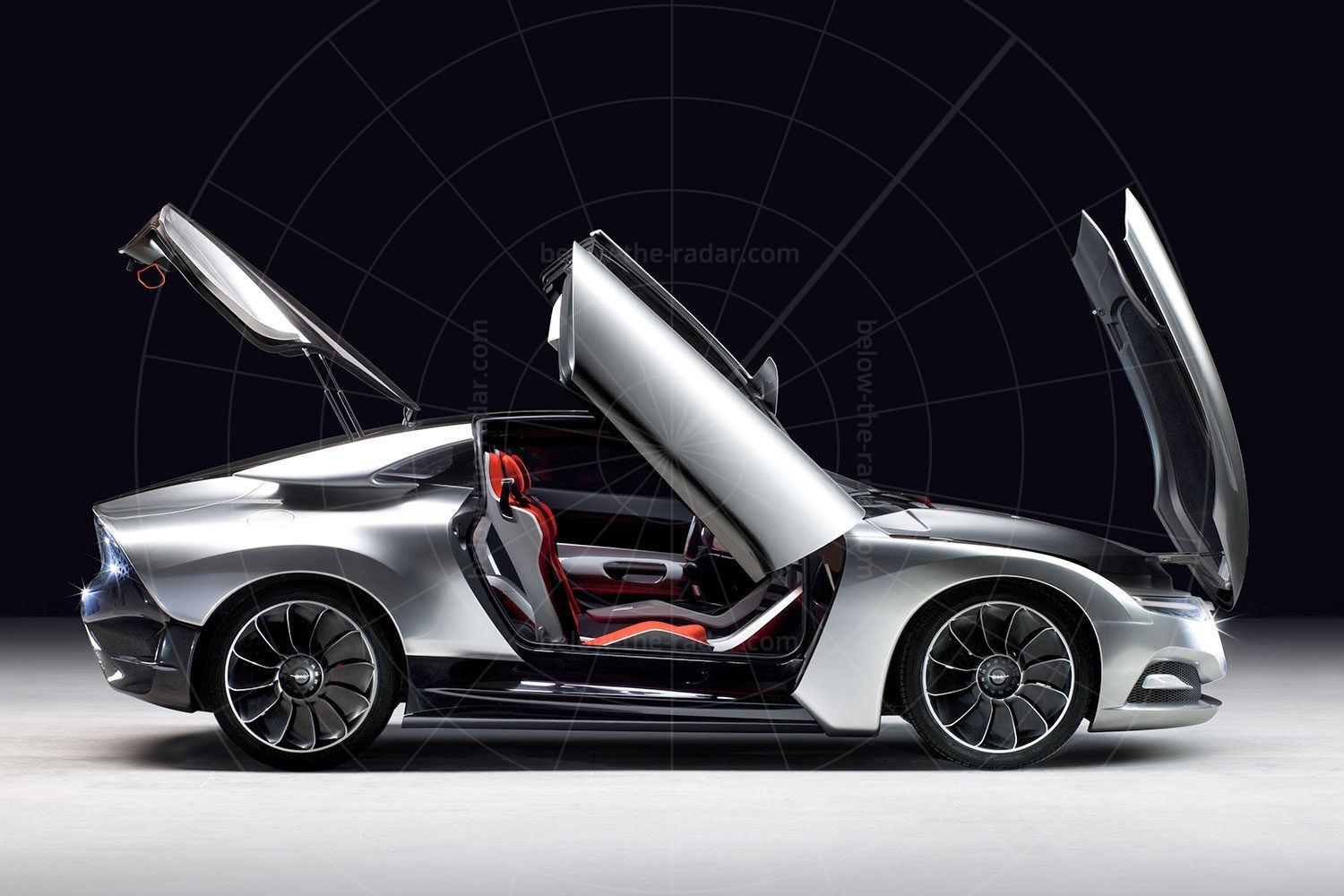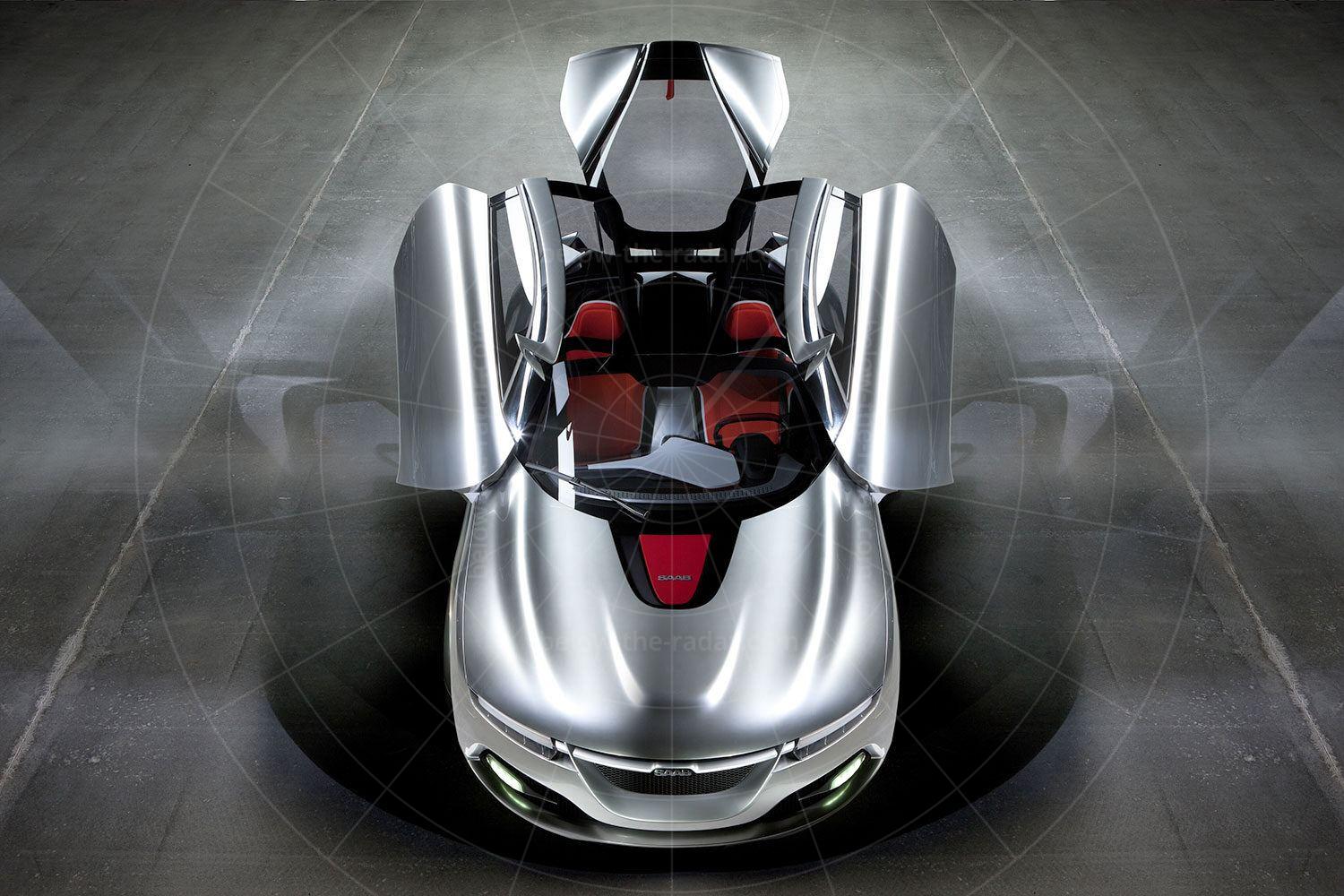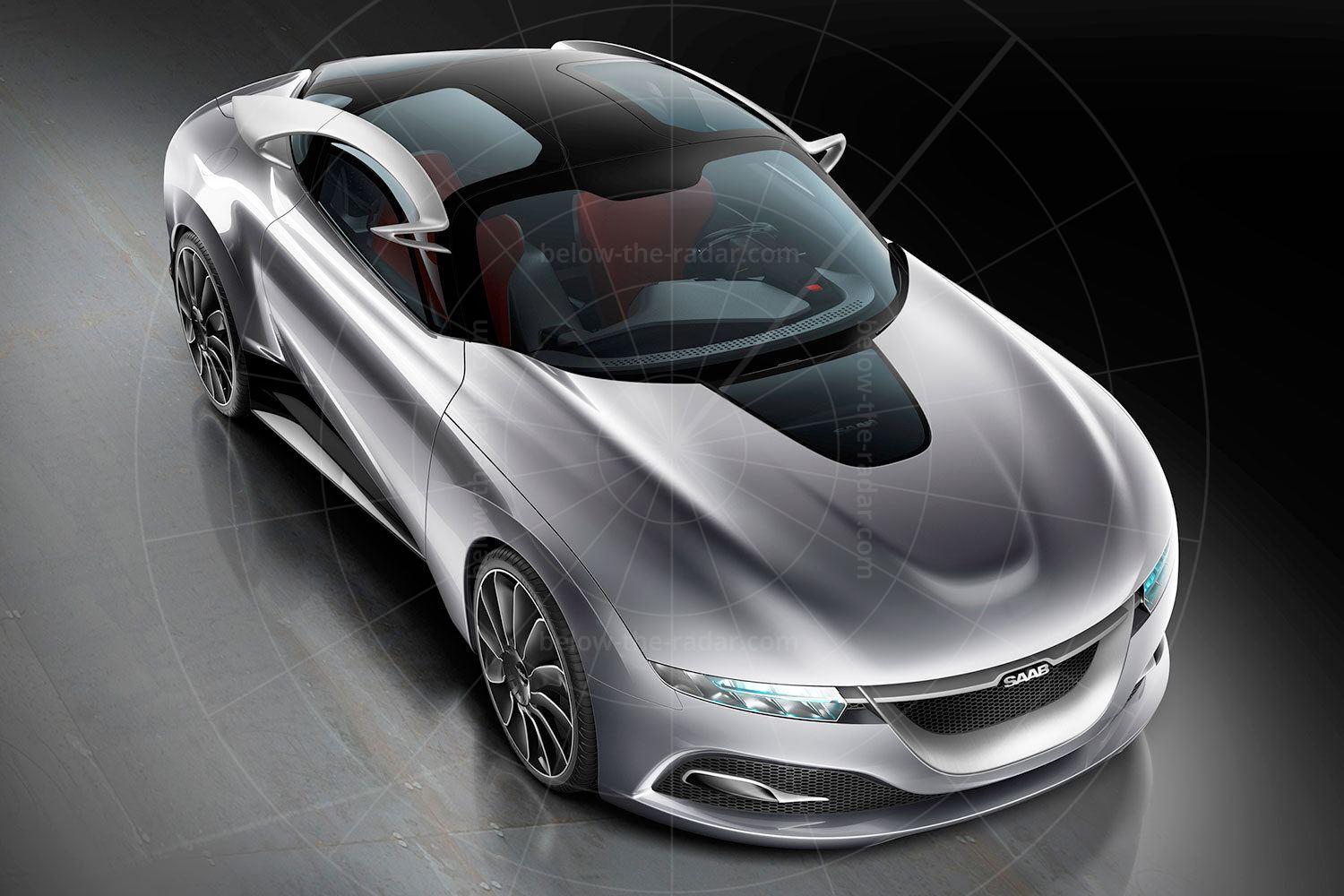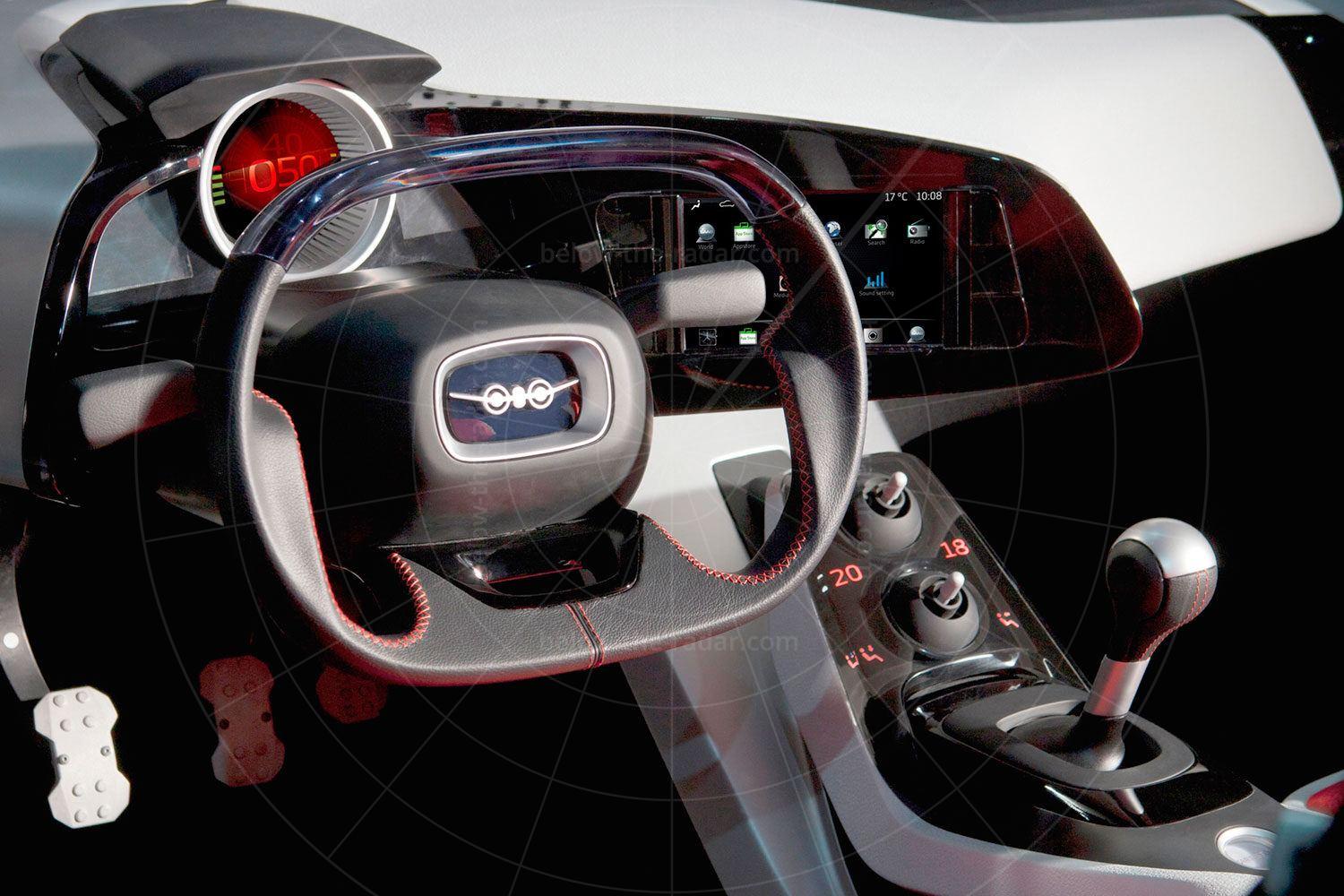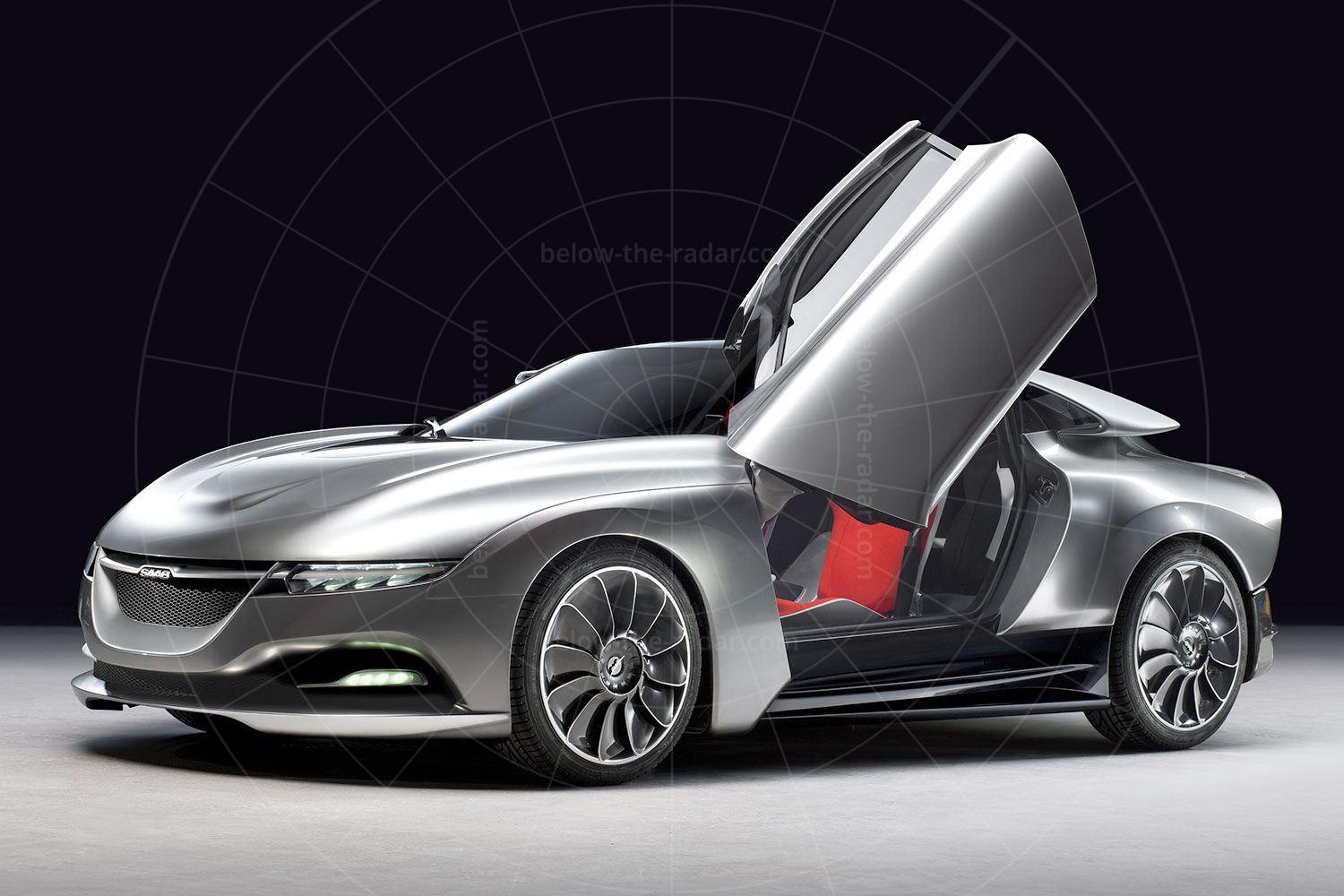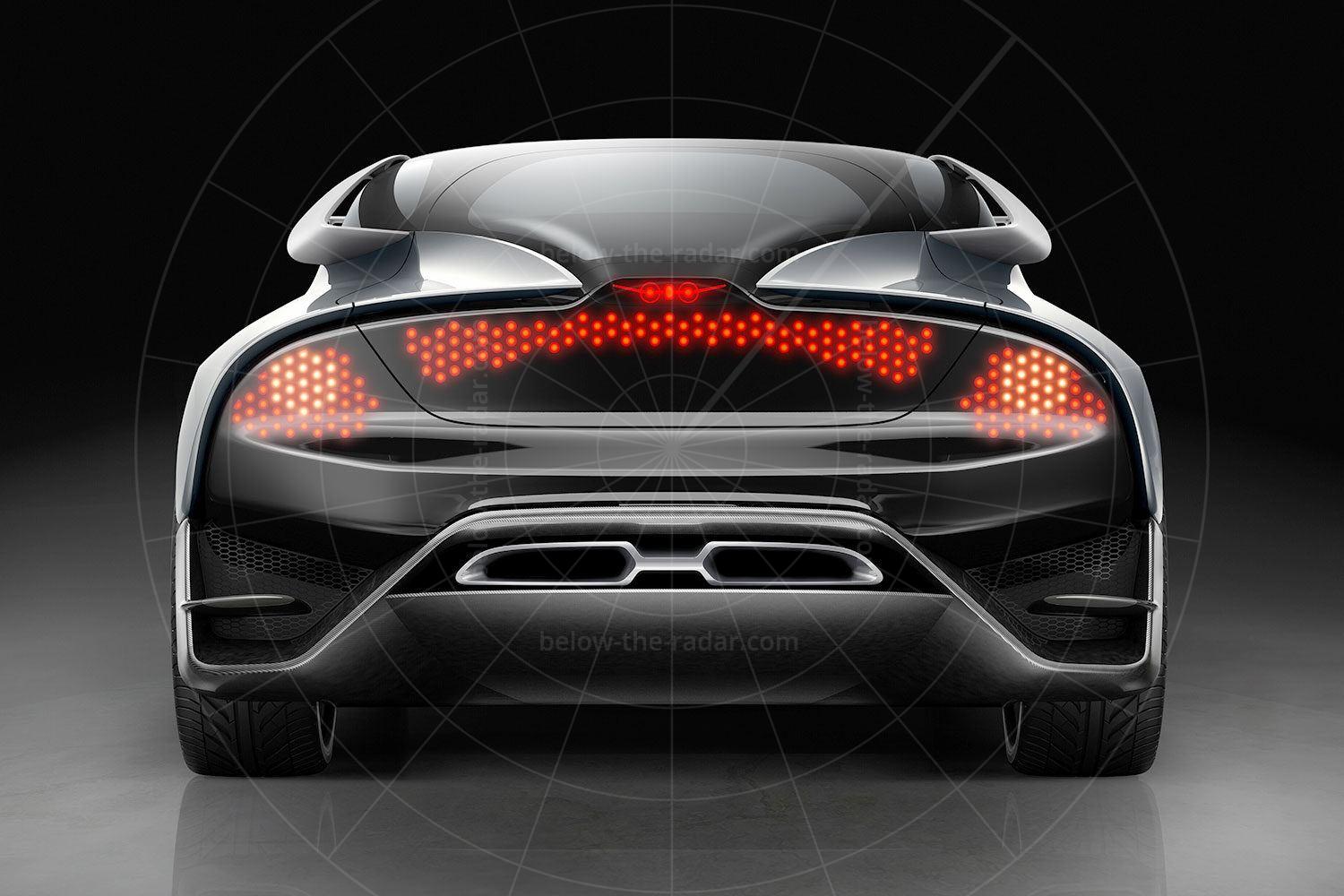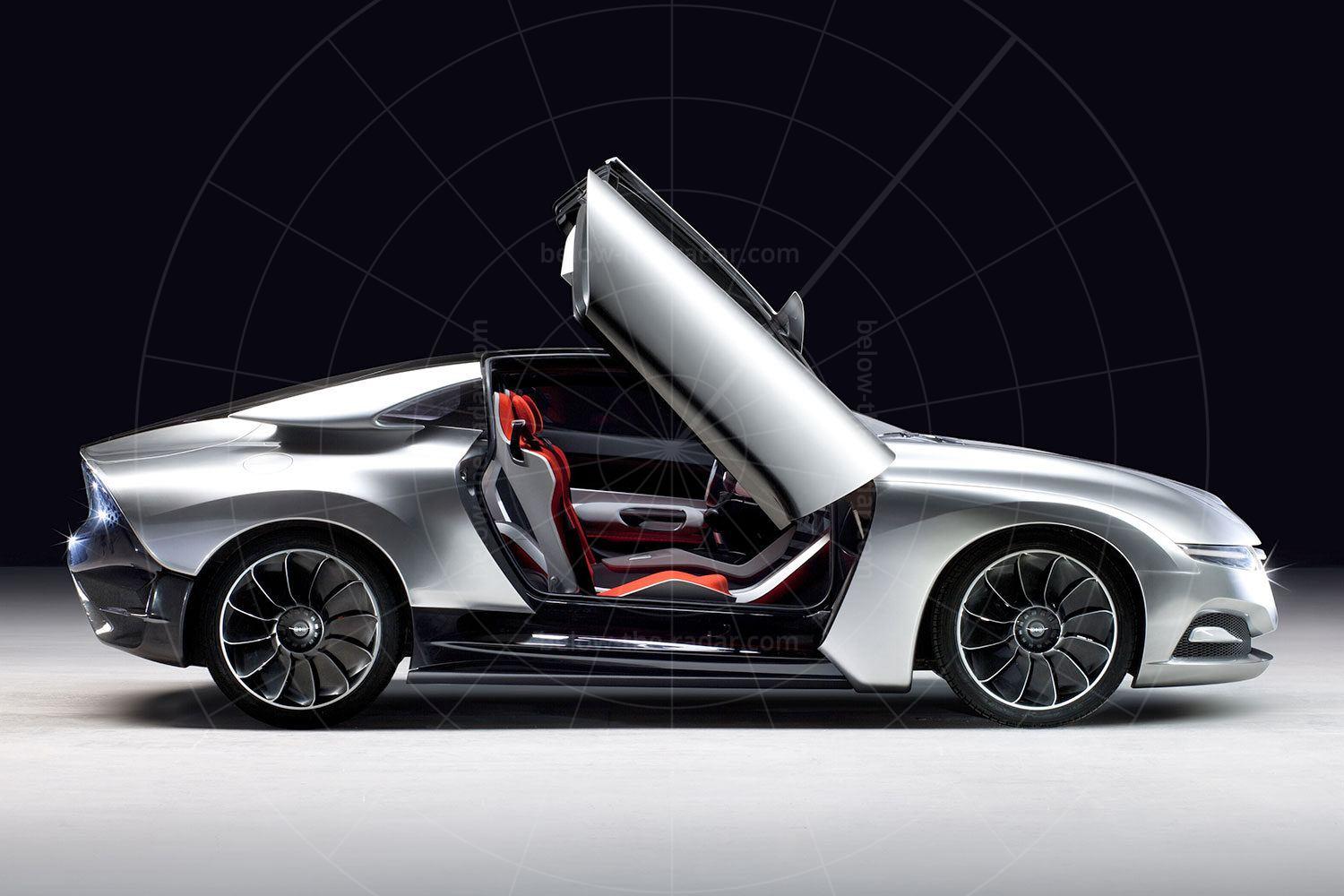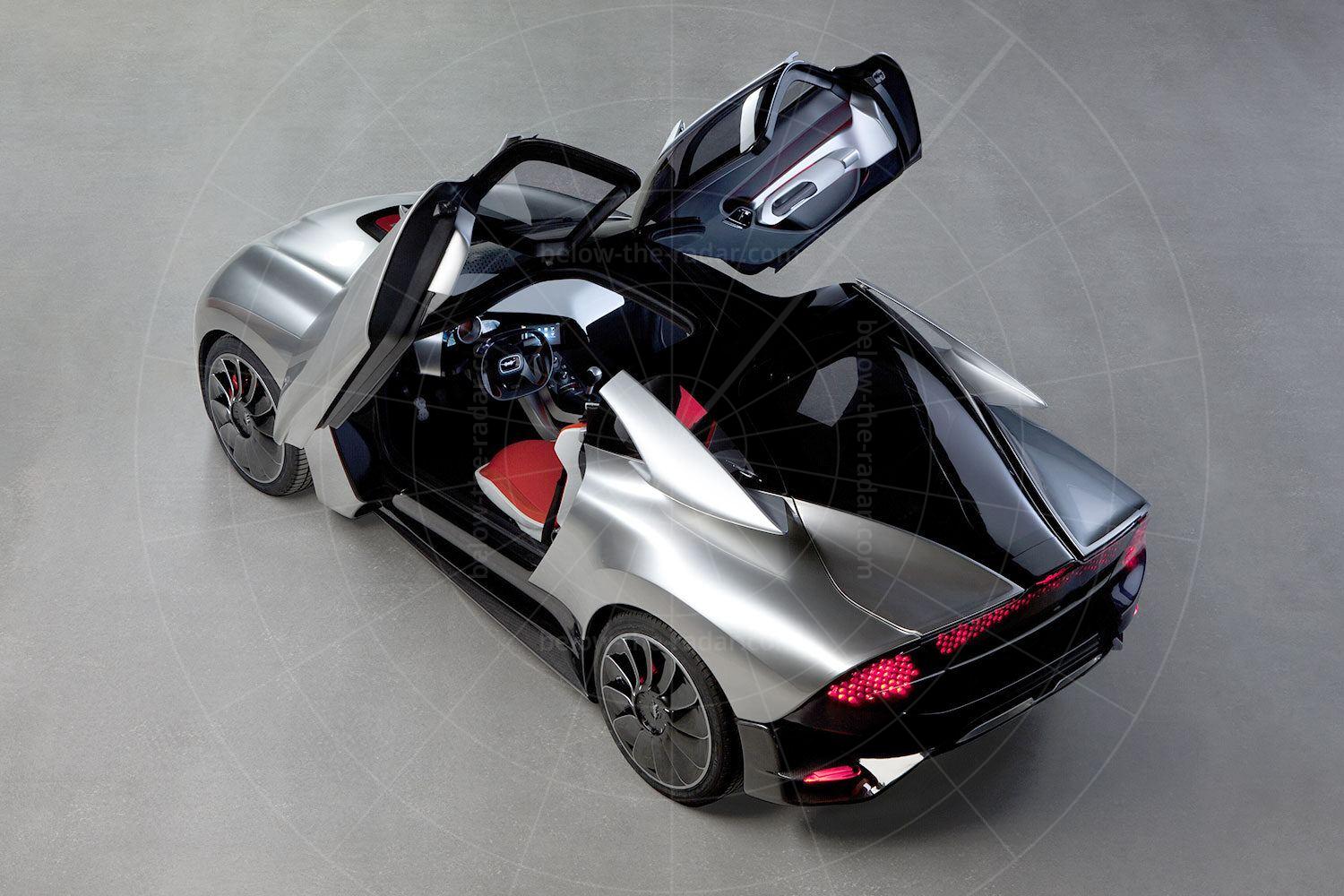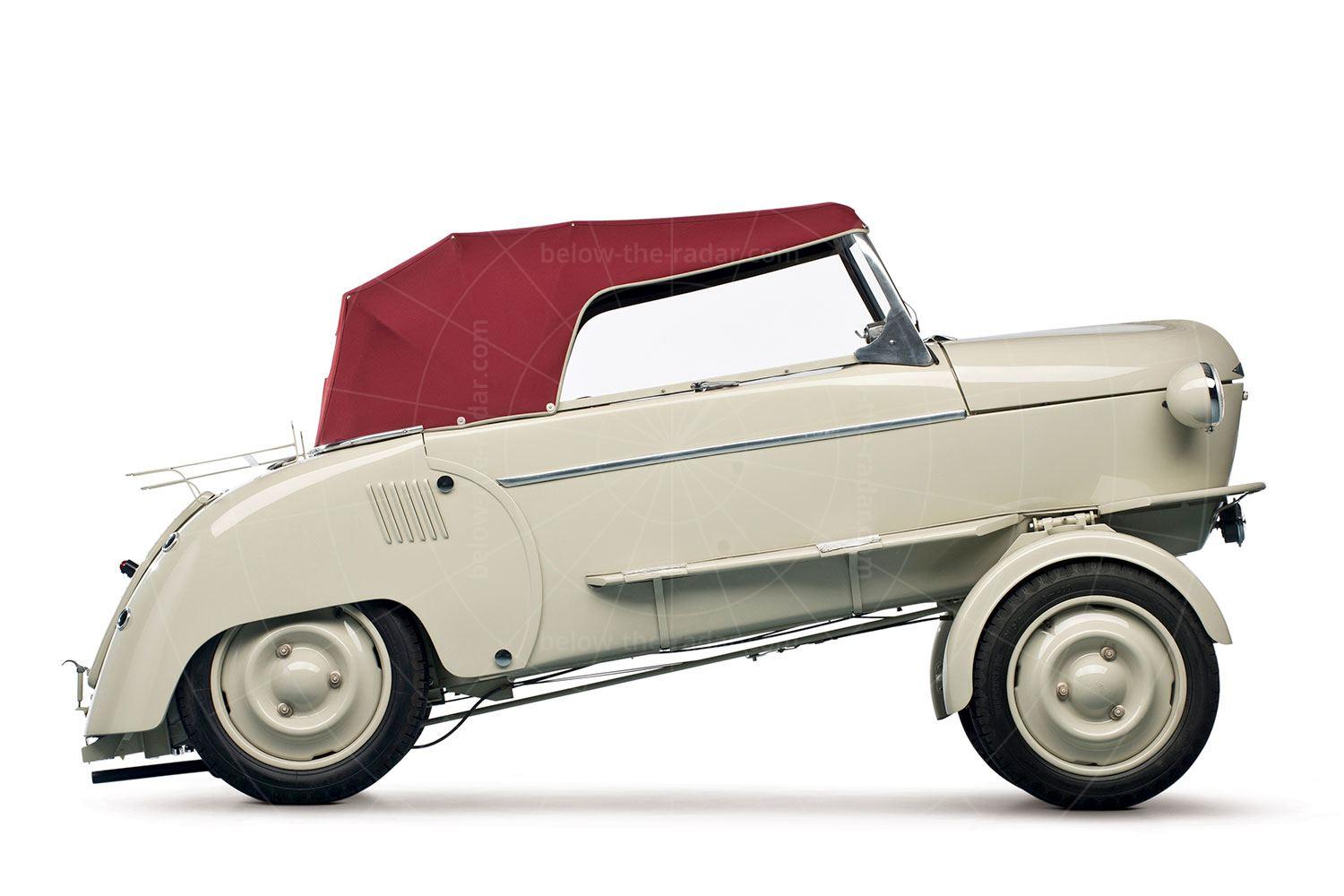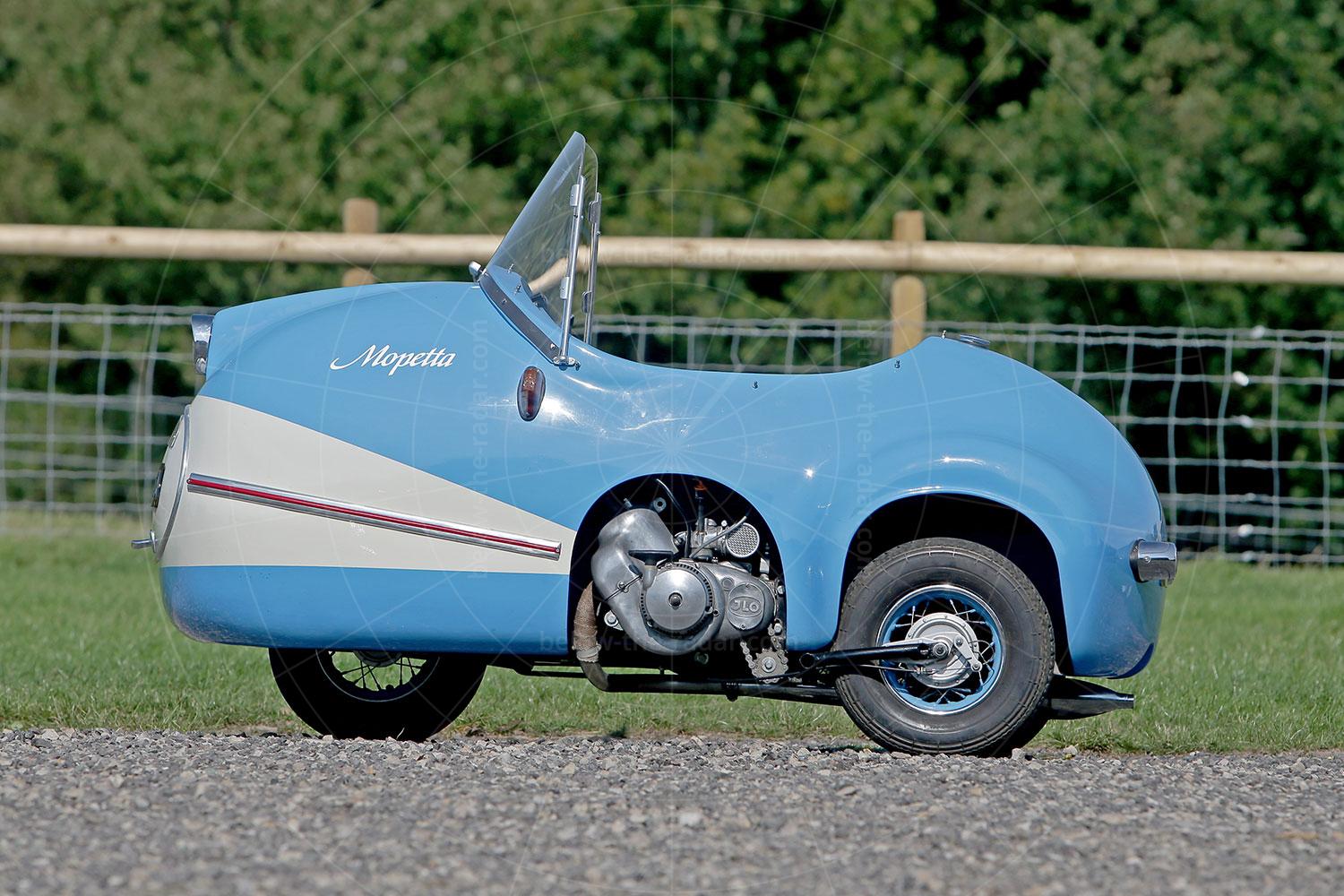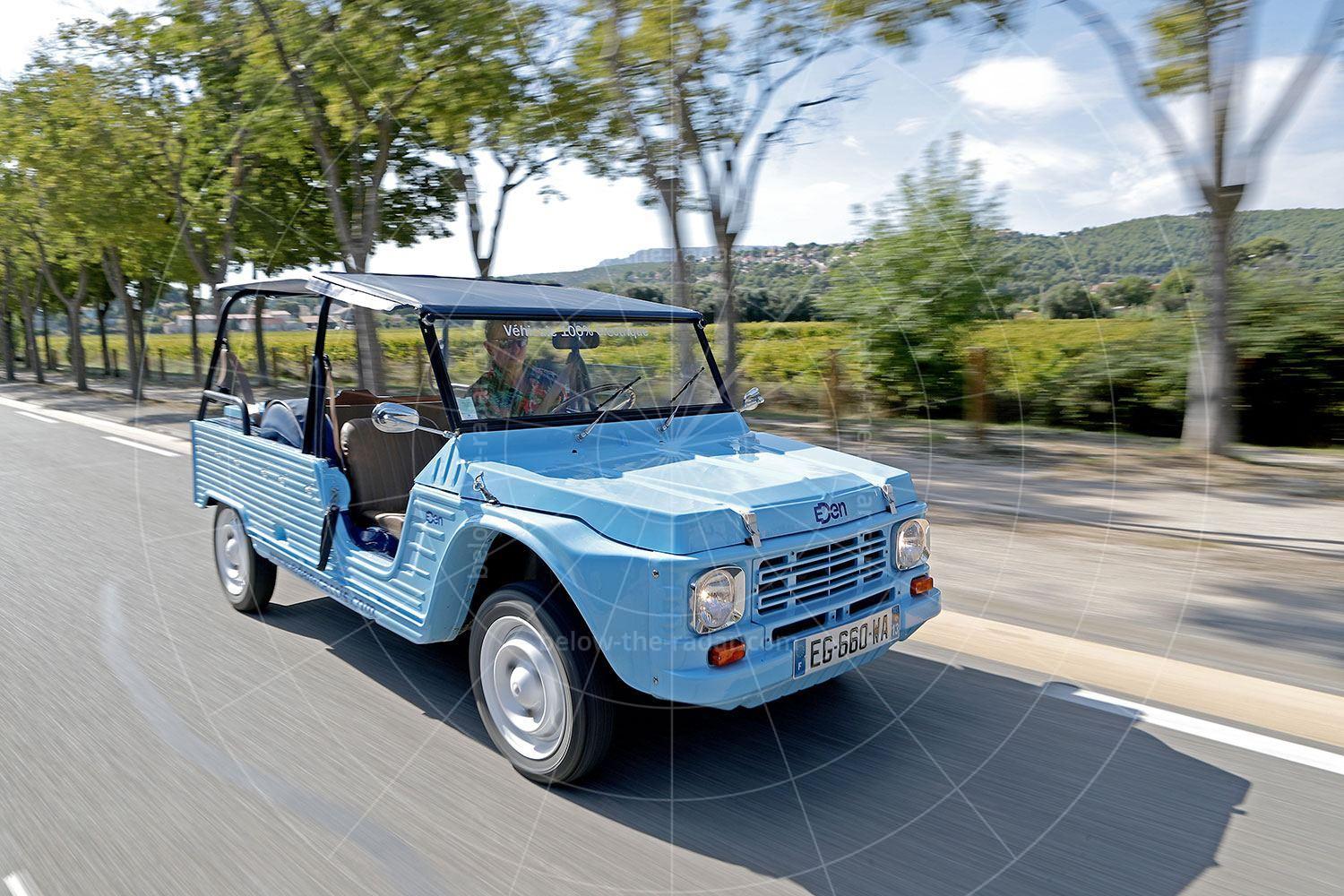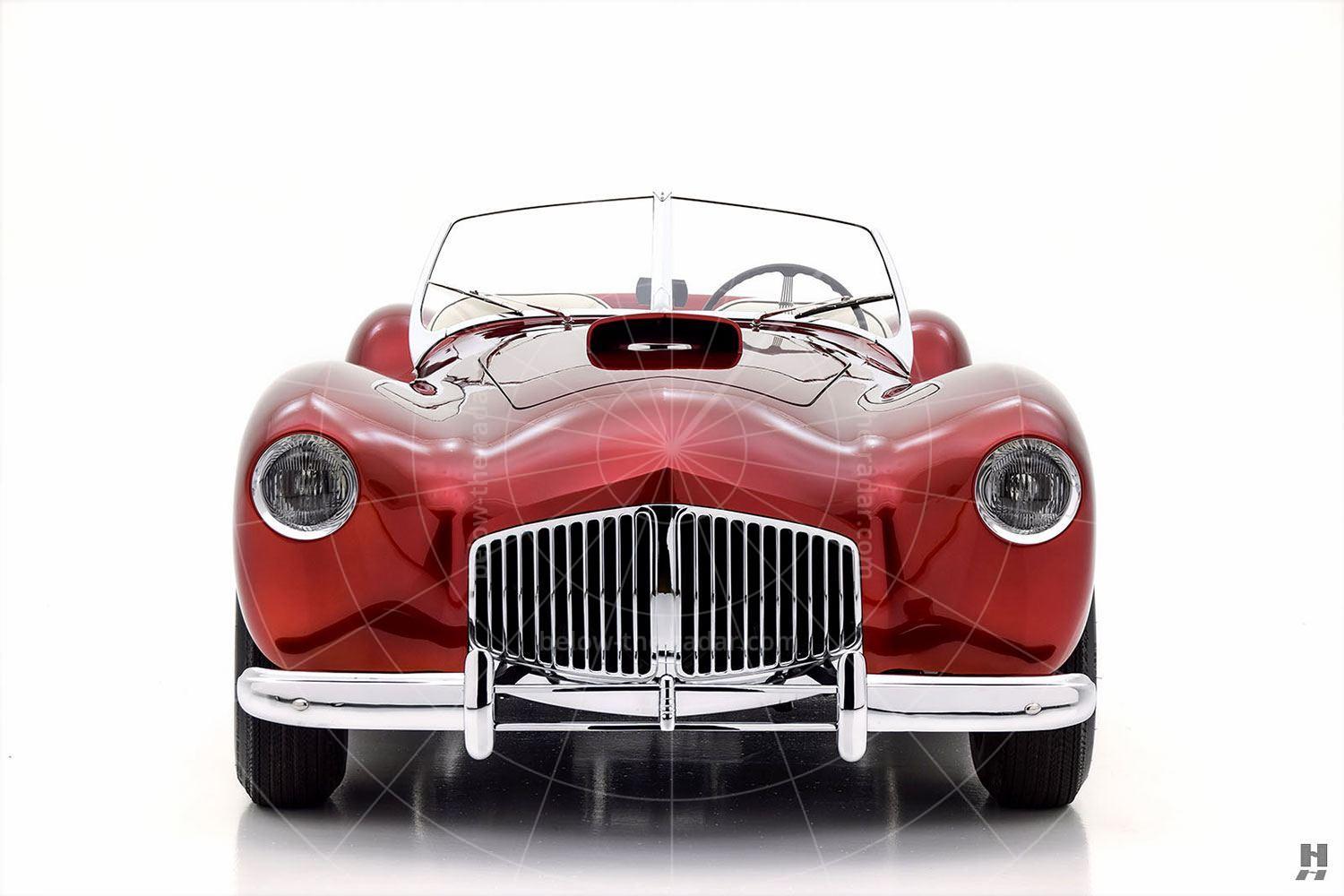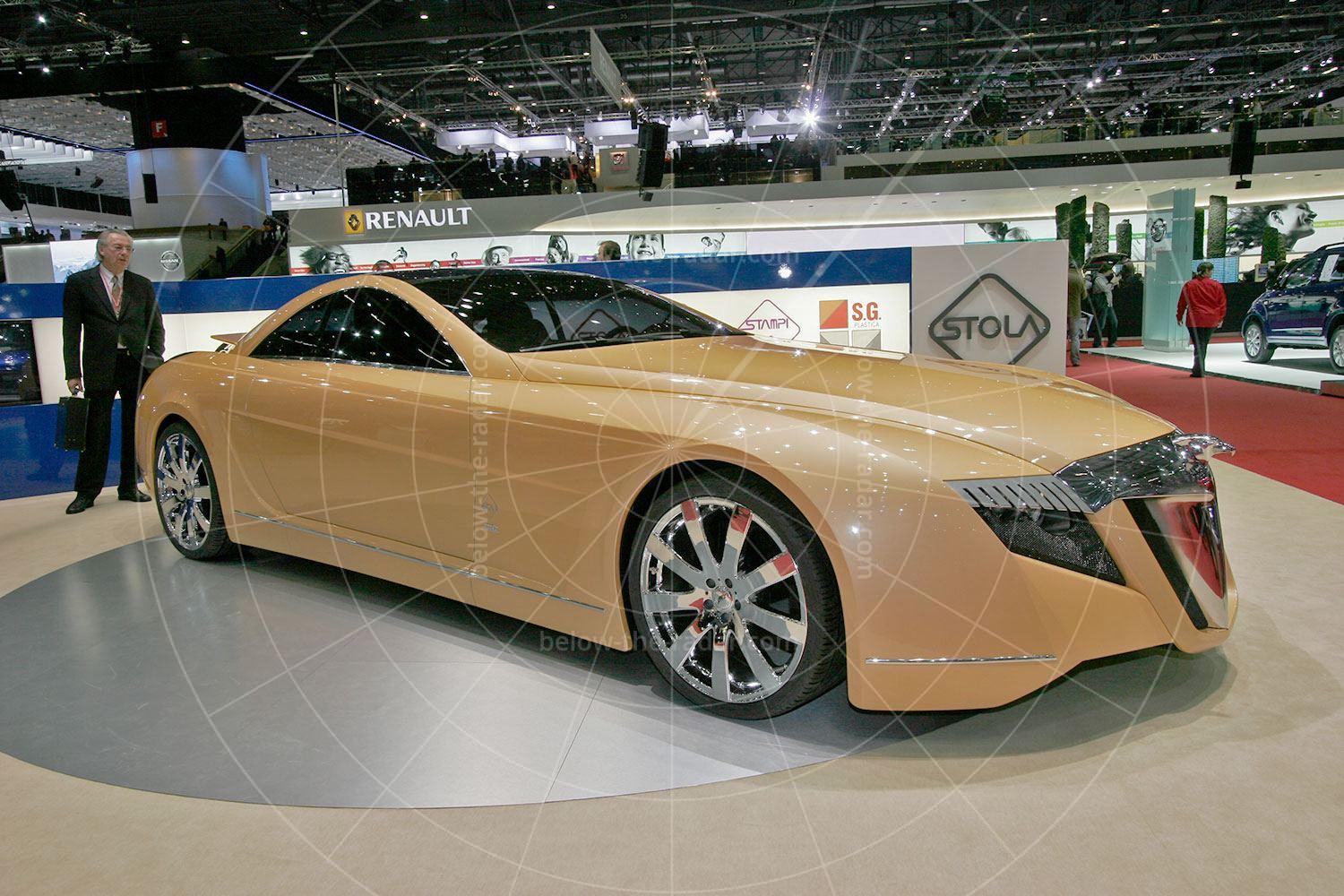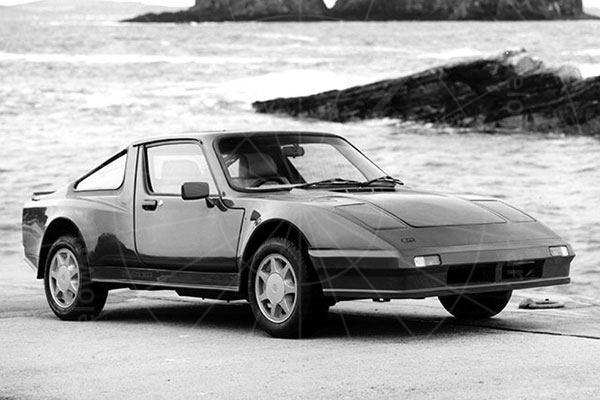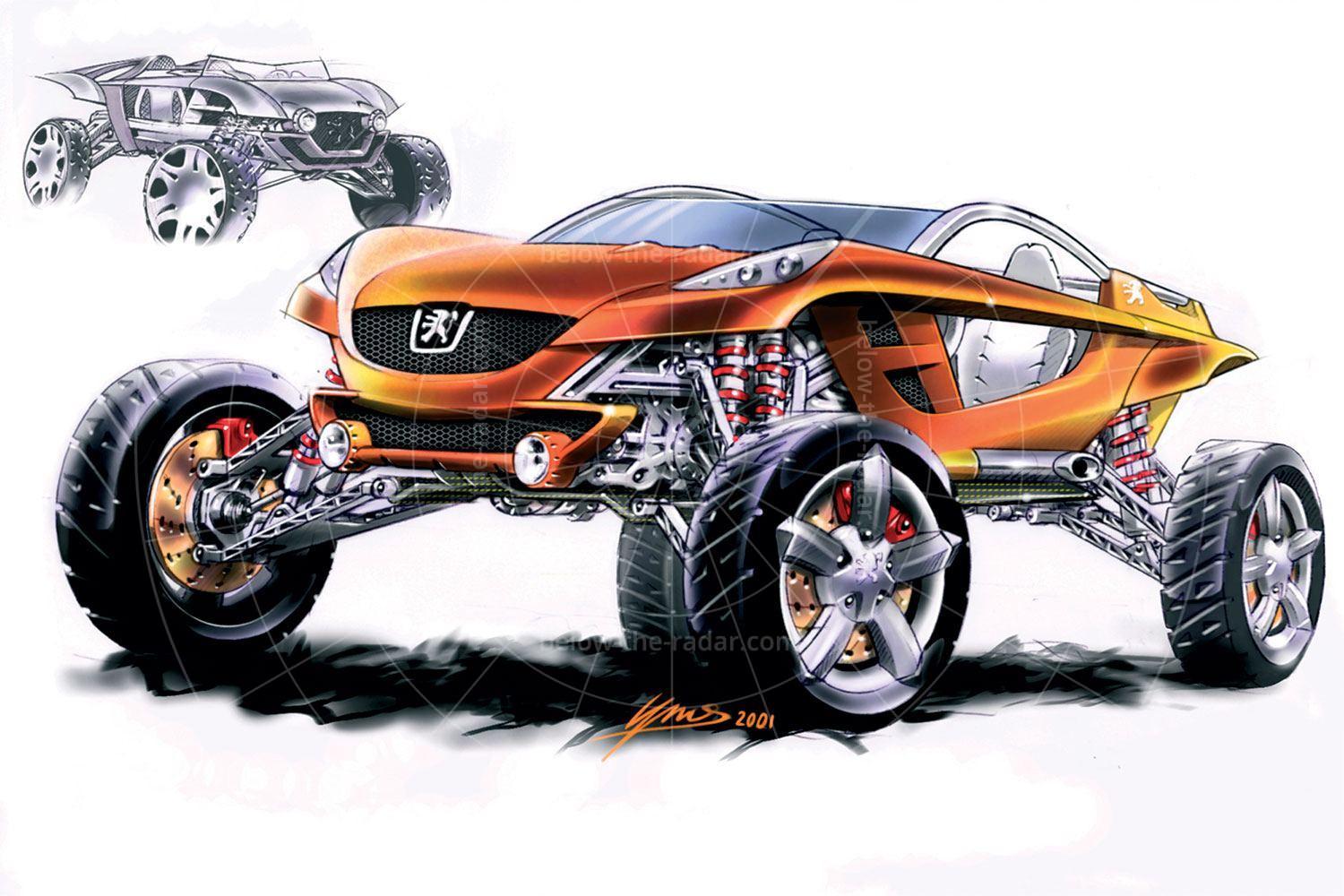When Saab unveiled the PhoeniX concept at the 2011 Geneva motor show; the world’s press was already focused on this once-great Swedish marque, as it was on the verge of bankruptcy. Now under new ownership, Saab reckoned that what it needed to do to celebrate a year of independence, having finally split from the huge General Motors conglomerate, was to unveil a statement. Something to say that the company was in rude health and that it was all set to enjoy a great new era of producing innovative cars.
Except of course Saab wasn’t in rude health; for months afterwards it lurched from one crisis to another, constantly on the brink. But that didn’t stop the PhoeniX from wowing the crowds when it was unveiled, although it also left many feeling rather underwhelmed.
The idea of the PhoeniX was to show that Saab could survive, so the name was inspired; after all, this would be the symbol of a once-great car company rising from the ashes of the shell that was left when General Motors finally lost interest, and disposed of the company in 2010.
When the PhoeniX was revealed, Saab Automobile’s Executive Design Director Jason Castriota claimed: “Our company is being re-born and the PhoeniX is a celebration of the pioneering spirit and enthusiasm that took Saab into the automotive business. It ushers in a new generation of Saab design. We call it ‘aeromotional’, adding passion and emotion to cool Scandinavian aesthetics".
Saab also reckoned that the PhoeniX would play a key role in moulding its future models – but the company had no future. In the event, the 2011 Geneva motor show, held in the spring of that year, would be the last motor show in which Saab would take part.
Saab has a long history of using turbocharged petrol engines and front-wheel drive – a combination that doesn’t always mix successfully. With the PhoeniX though, Saab didn’t keep things that simple, as there was a hybrid powertrain fitted along with four-wheel drive.
Under that heavily sculpted bonnet and beneath its cargo deck, the PhoeniX propulsion system consisted of a highly efficient 1.6-litre turbocharged petrol engine driving the front wheels, which was combined with electric drive for the rear. The compact all-aluminum engine produced 200bhp, while the electric motor was a 25kW (34bhp) unit powered by a small battery pack which was topped up by regenerative braking. This powertrain was no pie-in-the-sky concept either; Saab was developing it for its next generation of production cars, as it gave all the benefits of four-wheel-drive but with reduced fuel consumption.
While the drivetrain was impressive, the PhoeniX’s multi-media system was just as neat. Dubbed iQon, it was based on Google’s Android operating system. As such it took what Saab claimed were the best bits of mobile phone technology and usability availabke at the time. The company was ambitious too; users would be able to download a wide range of applications, online services and multi-media functions provided through a Saab iQon store.
Saab would issue third-party developers with a vehicle application programming interface providing access to more than 500 signals from different sensors in the vehicle. These measured, for example, vehicle speed, location and direction of travel, driver workload, yaw rate, steering wheel angle, engine speed and torque, inside and outside temperature, barometric pressure and the sun’s position. And to think that at one time, a cutting-edge concept was one with a TV screen somewhere on the dash…
With its roots in aeronautics, Saab’s introduction of ‘Aeromotional’ design for the PhoeniX was neat, if a little contrived. It was this design language – a mixture of aeronautical and automotive with some emotion thrown in for good measure – that was intended to take centre stage in Saab’s forthcoming new models.
There’s no doubt that the PhoeniX’s bodywork was striking, but it’s unlikely that it would have made you think of the rippling bodywork sheathed by the skinsuit of a speed skater. That’s what Saab claimed it looked like though. Yeah, right…
The frontal styling featured a bold, stretched interpretation of Saab’s signature three-port grille, the chrome-less opening encompassing the full width of the nose. Saab’s traditional central grille bar evolved into a body-coloured wing form, with LED headlamps and indicators fitted discreetly into the tips of the wing.
Below the grille, the main air intake area featured active shutters that closed at speed to improve aerodynamic efficiency while slim, body-coloured ‘winglets’ carried the front fog lights.
The long bonnet featured two prominent ripples flowing from front to rear into the disguised cockpit pillars; a ‘cut-out’ in the centre of the bonnet revealed part of the engine bay through the same black glass that was used for the upper cabin and roof area.
Flanking the roof were ‘winglets’ intended to resemble the vestigial wings of an aircraft. Shaped to collect turbulent air and direct it on to the Phoenix’s rear deck, they reduced high-speed stability by reducing rear lift; the result was a drag coefficient of just 0.25.
Inside the 2+2 cabin, simplicity and technology came to the fore. A driver-focused instrument layout introduced us to Saab’s innovative iQon entertainment and communications system, with touch-screen functionality eliminating many of the more usual buttons and controls. The cabin embraced a minimalist feel, with slim competition-like seats and metalised interior sections – and it looked great with it. So it's a shame that the PhoeniX didn't represent the great reawakening of Saab that the company promised.
| Vital statistics | |
|---|---|
| Debut | Geneva 2011 |
| Design director | Jason Castriota |
| Engine | Front-mounted, 1.6-litre, turbocharged 4-cylinder, with hybrid assistance |
| Transmission | 6-speed manual, four-wheel drive |
| Power | 200bhp +34bhp electric motor |
| Torque | 185lb ft |
| Top speed | 155mph (restricted) |
| 0-60mph | 5.9 seconds |

